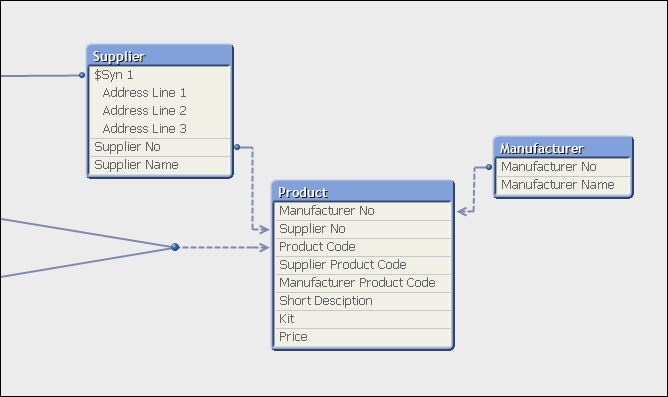In this chapter, we will cover the following key topics:
Synthetic keys and why they're sometimes bad news
Link tables
Avoiding loops in the data model
Simplify, simplify, simplify – never have subtables that you don't need
Data islands, single calendars, and set analysis
Avoiding problems with JOIN

































































